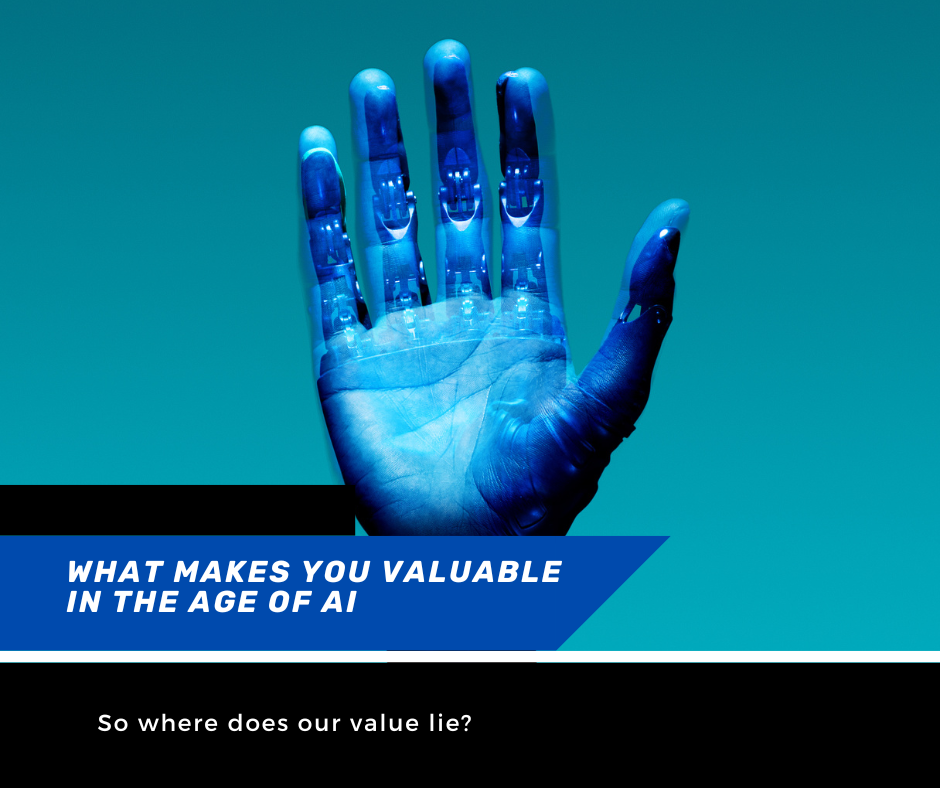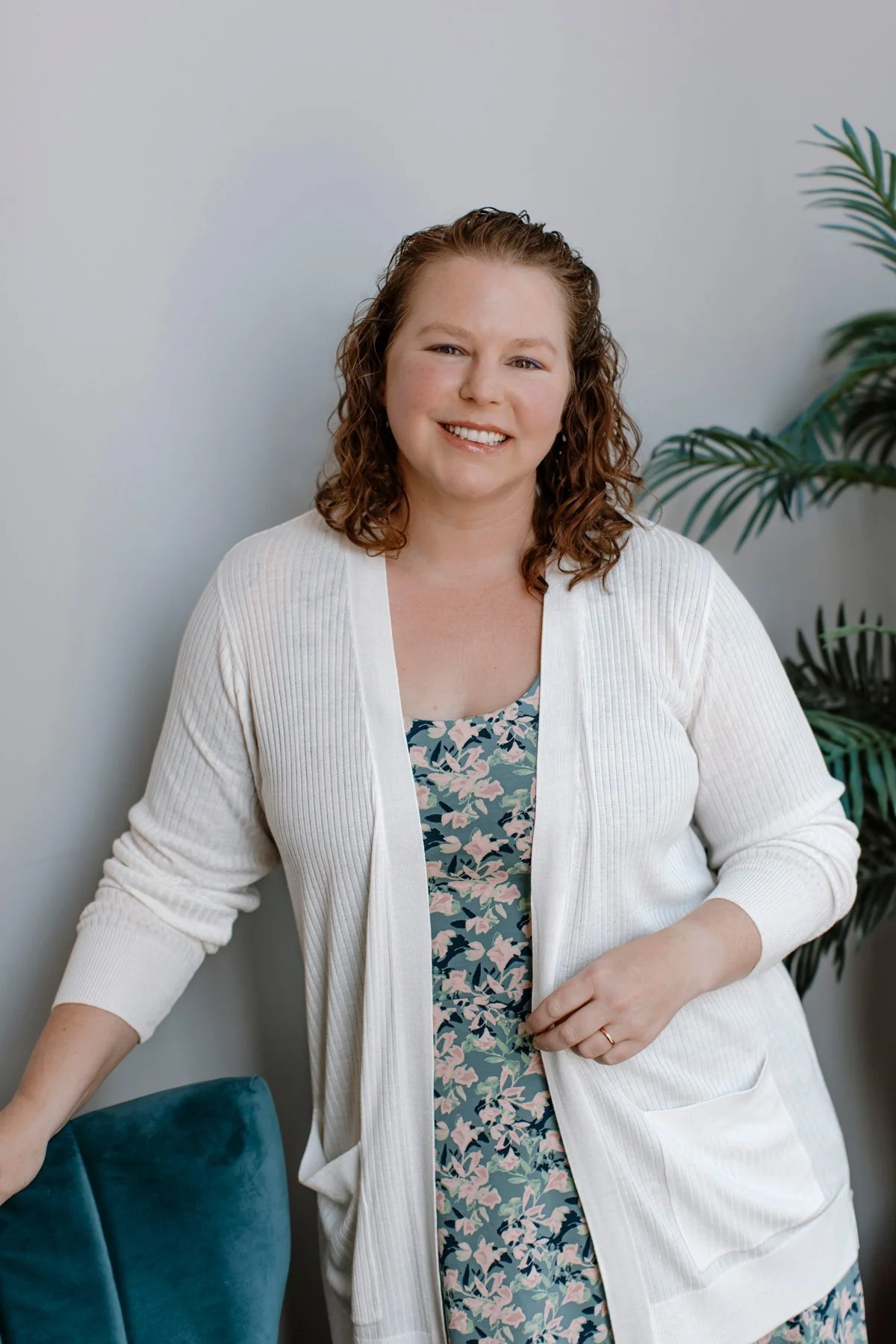I know that you aren't ready for the announcements I'm about to make.
Hell- I'm not even ready for the announcements I'm about to make.
Because it seems like summer JUST started.
And yet, here we are a few weeks from September.
From the BER months when everything starts to get kiddywhampus again, people get back into a routine and all of the gatherings and parties begin again.
I know you're not going to believe this but with the looming of September…
As a business owner, you’re reaching the deadline to start planning Black Friday with your marketing team to reach maximum results.
No, really
Listen up: if you think you can wing your Black Friday strategy come October, you're already setting yourself up for disappointment.
The most successful holiday campaigns don't start with turkey prep—they start right now, in the heat of summer.
Here's the reality check nobody wants to hear: August is your Black Friday deadline for maximum results.
While your competitors are still thinking about back-to-school campaigns, the smartest digital marketers are already deep in holiday strategy sessions.
The Numbers Don't Lie: Early Planning = Explosive Results
Starting early strategic, methodical planning will give us:
Time to A/B test creative assets
Opportunity to build segmented email lists
Space to optimize landing pages for conversion
Ability to secure premium ad placements before competition heated up
Common Pitfalls That Kill Black Friday ROI
Starting Too Late Waiting until October means you're competing for overpriced ad inventory and rushed creative assets. Early starters get better placements at lower costs.
Ignoring Mobile Experience Over 70% of Black Friday shopping happens on mobile devices. If your mobile experience isn't flawless, you're leaving money on the table.
Focusing Only on Discounts While deals matter, successful campaigns sell experiences, solutions, and transformations—not just discounted products.
Neglecting Post-Purchase Black Friday shoppers become your highest-value customers. Don't treat them like one-time buyers.
And because this holiday season is probably going to be very different than any of the other ones…
Today I’m opening up my holiday availability….
Photo shoots
Strategy Sessions
Holiday Social Management
All of it.
And while neither one of us can predict exactly what the future holds- know that we will at least be in it together.








